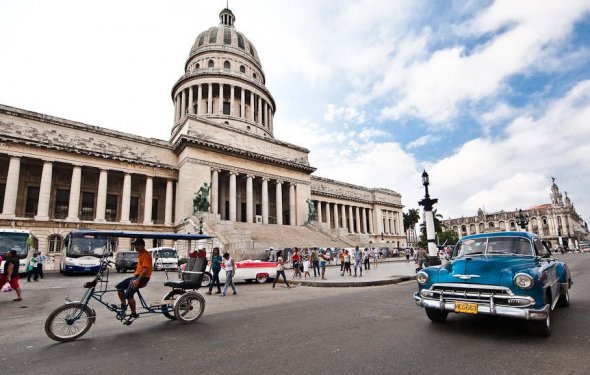Cuba Today

For more than twenty years, Cuba ' s society has been experiencing an acute economic and social crisis. The collapse of the Soviet Union in 1991 sent Cuba ' s economy to a novel. Since then, Cuba ' s supply of goods, products and most important energy supplies has ceased, as has the purchase of goods from Cuba. At that time, the share of the USSR in energy supplies was 80 per cent of the total. The budget deficit reached 33 per cent of GDP, wages fell, social housing was built. Hunger, lack of goods and products, transport up, just no gasoline. Cuba was in the beast. Fidel Castro Called the time: “special period of revolution in peacetime”. A law has been issued, which is still in force and where all drivers were required to take the trainers, as it has been the only way to get to the station anywhere in the country. Since the U.S. victory in the Cold War, Cuba has become a dangerous enemy, communication and business relationship with which it has been prohibited.
For Cuba, the search for new partners has started for many years, replacing the USSR. It should be emphasized here that Cuba did not request concessional loans or free supplies, such as the procurement of raw materials, energy and food. But that's what they said. It was before harvests were delivered to the consumer for lack of petrol. Bullets in stores, card products, many unconstructed and unrenovated houses, transport problems are still a Cuban reality.
In order to mitigate the crisis and to replenish the budget, the Government allowed remittances to Cuba from relatives living outside Cuba. Cuba had also opened the island ' s economy for foreign investors and mass tourism, and it had previously been commercial in Cuba. The services were given to local small businesses, mainly small family businesses.